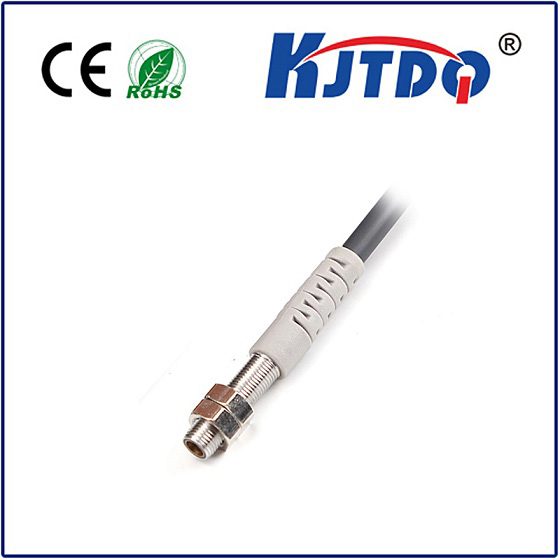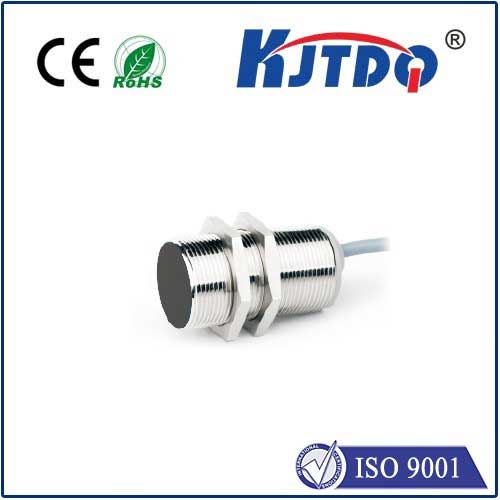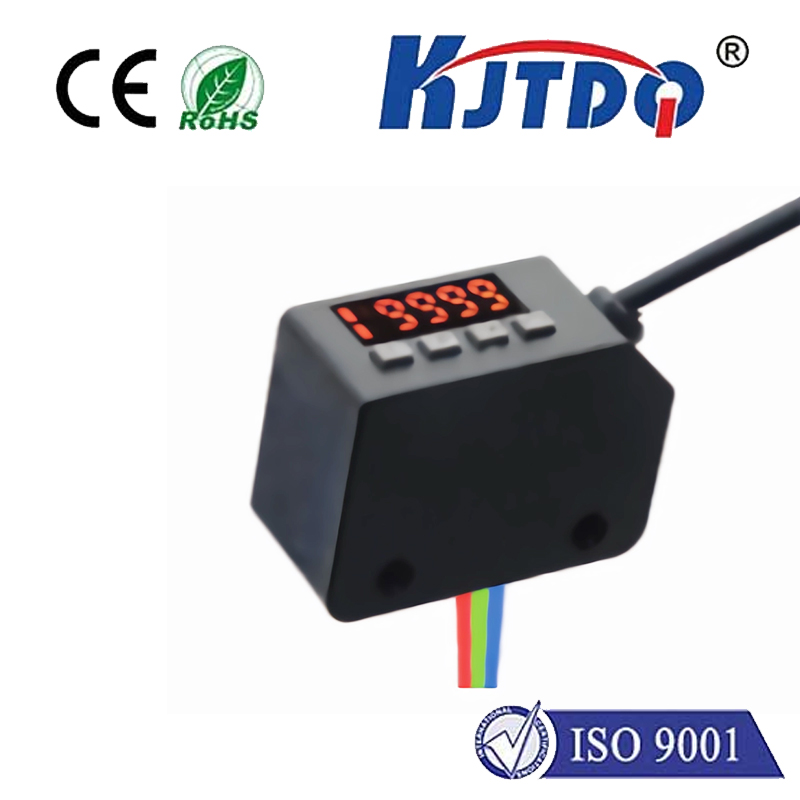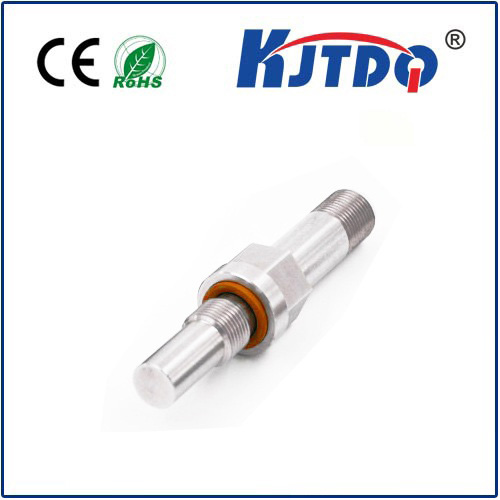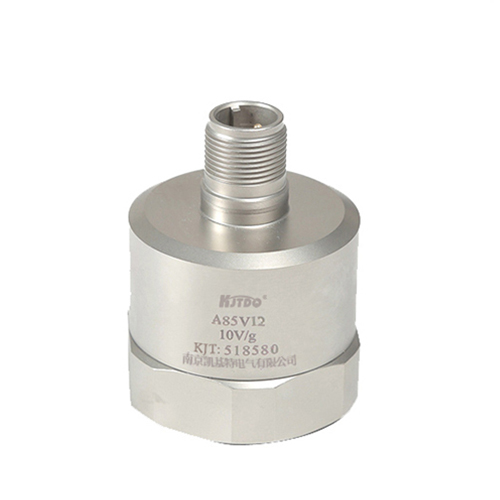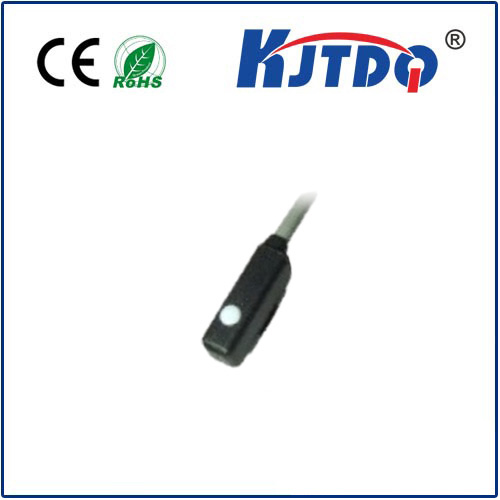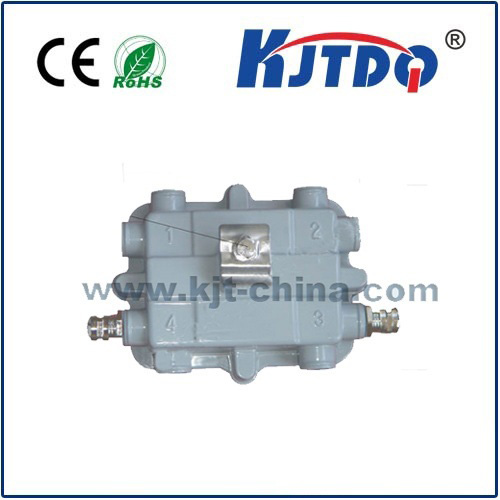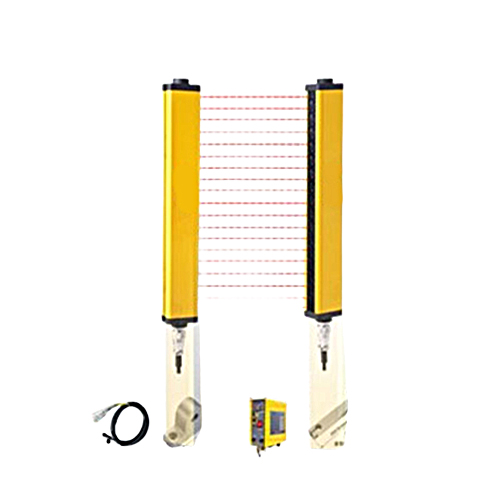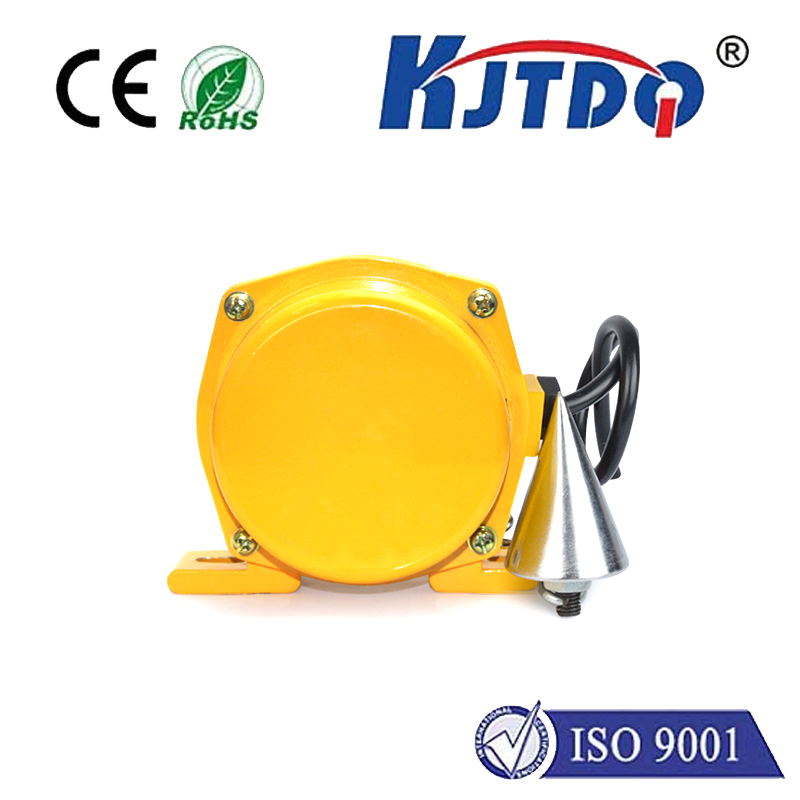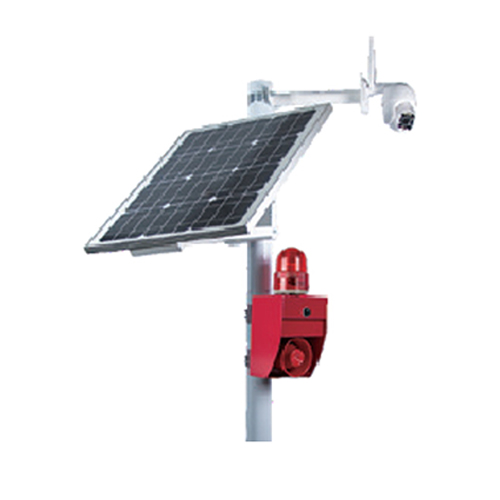

check

check

check

check

check

check

check

check

check

check
Weld immunoproximity sensors have emerged as a critical technology in enhancing the safety and efficiency of industrial automation. These advanced sensors utilize innovative techniques to detect the presence of welding fumes and other dangerous substances, thereby preventing accidents and ensuring the integrity of welds. This article explores the significance of these sensors, their working principle, and their applications in various industries such as automotive, aerospace, and construction.
Introduction to Weld Immunoproximity Sensors
The use of welding has been an integral part of industrial manufacturing for centuries. However, the process can produce harmful fumes, gases, and particles that pose significant risks to workers' health and safety. Weld immunoproximity sensors address this challenge by detecting the specific molecules emitted during welding, such as carbon dioxide (CO2), nitrogen oxides (NOx), and sulfur dioxide (SO2).
Working Principle of Weld Immunoproximity Sensors
The principle behind the operation of these sensors involves the measurement of the electrical resistance between two metal surfaces in the presence of a target molecule. When a welding process occurs, it generates a unique set of gas emissions that interact with the sensor's metal surface. As a result, the electrical resistance changes, indicating the presence of the target molecule. The sensor then sends a signal to an external control unit, which can trigger appropriate action to prevent accidents.
Applications of Weld Immunoproximity Sensors
Weld immunoproximity sensors find widespread applications in various industrial sectors due to their ability to detect and prevent welding-related hazards. Some key areas where these sensors are employed include:
1. Automotive Manufacturing: In the auto industry, weld immune proximity sensors are used to monitor the quality of weld joints and identify potential safety risks before they become a problem. They can also help manufacturers comply with strict safety standards while improving production efficiency.
2. Aerospace Industry: The aerospace sector requires highly accurate and reliable sensing solutions to ensure the integrity of complex structures and components. Weld immunoproximity sensors offer superior performance in detecting welding fumes and other hazardous gases, making them invaluable in this field.
3. Construction Industry: In construction projects, welding is a common practice for joining different materials together. Weld immune proximity sensors provide real-time monitoring of welding processes, helping workers maintain safe working conditions and ensuring that welds adhere to specified standards.
Conclusion
Weld immunoproximity sensors represent a groundbreaking solution for addressing the safety challenges associated with welding processes. Their ability to detect and prevent accidents has enormous potential in various industrial sectors, from automotive manufacturing to construction projects. As technological advancements continue to drive innovation in this field, we can expect even more sophisticated and effective solutions to emerge, further improving worker safety and overall productivity.
